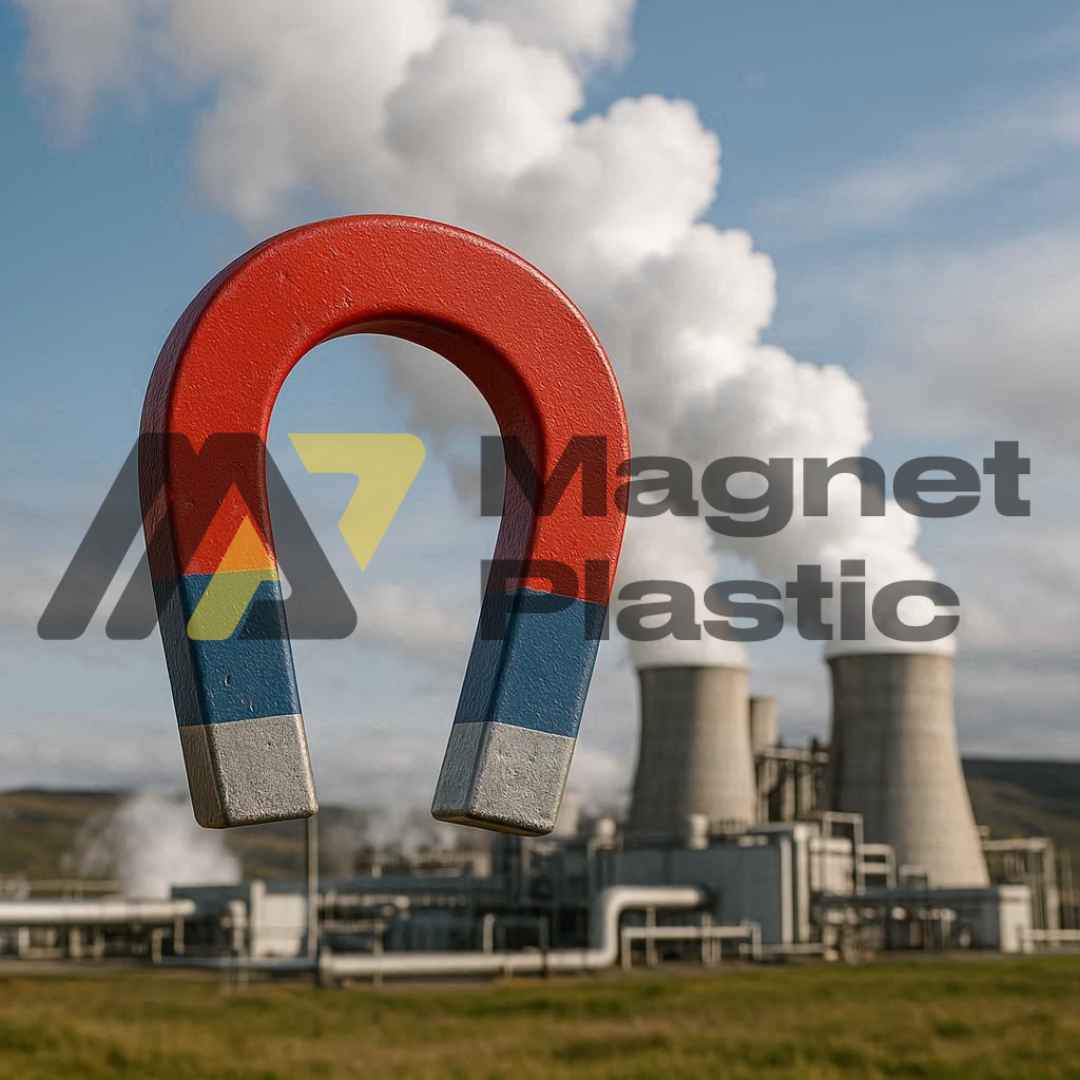Magnets and Geothermal Energy: Harnessing the Earth’s Heat through Magnetism
Energy from the depths of the Earth
Geothermal energy is one of the most promising renewable sources of the 21st century. It relies on harnessing the Earth’s internal heat—originating from the core and mantle—to generate electricity or provide direct heating. However, behind modern geothermal systems lies a range of advanced technologies that enable the efficient and controlled transformation of heat into electrical energy. Among these, magnets play a crucial role in both the generation and control of energy within geothermal power plants.
The role of magnetism in electricity generation
In a geothermal power plant, the process begins when underground heat warms water or steam trapped in natural reservoirs. This high-pressure steam is directed toward turbines that convert thermal energy into mechanical energy. It is at this stage that magnets come into play. The turbines are connected to electromagnetic generators, devices that convert mechanical energy into electricity through the principle of magnetic induction.
According to this principle, when a conductor (such as a copper coil) moves within a magnetic field—or vice versa—an electric current is generated. Permanent magnets or electromagnets within the generator create this magnetic field. The more stable and powerful the field, the more efficient the energy conversion. In this regard, advances in magnetic materials—such as neodymium and samarium-cobalt magnets—have made it possible to design more compact and durable generators, ideal for the extreme conditions found in geothermal environments.
Control and optimization through magnetic couplings
Beyond their role in generation, magnets are also used to control and optimize the operation of equipment. In geothermal pumps, for example, magnetic couplings transmit power without direct contact between shafts, eliminating mechanical wear and improving system reliability. This technology is particularly important in environments where corrosion or high temperatures could damage traditional components.
Accurate monitoring with magnetic sensors
Magnetic sensors also play a key role in process monitoring. Using magnetometers or Hall-effect sensors, it is possible to measure parameters such as turbine rotation speed, valve position, or magnetic flux within generators—ensuring precise and safe control of the plant. These sensors allow for automation and reduce the risk of failures, enhancing the overall efficiency of geothermal facilities.
Innovation: the future of magnetic geothermal technology
Magnetism is also being explored as a means to increase energy efficiency in next-generation geothermal plants. Recent research investigates how magnetic fields can influence the movement of geothermal fluids, optimizing heat transfer or even applying magnetocaloric effects to improve heat exchangers. Such innovations could mark a turning point in how we harness the Earth’s natural heat.
Conclusion: a natural synergy
Ultimately, magnets are far more than simple metallic components within generators. They form a fundamental bridge between thermal and electrical energy, enabling the clean and continuous use of the Earth’s heat. As magnetic technology continues to evolve, its integration into geothermal systems promises to usher in a new era of efficiency and sustainable energy.
